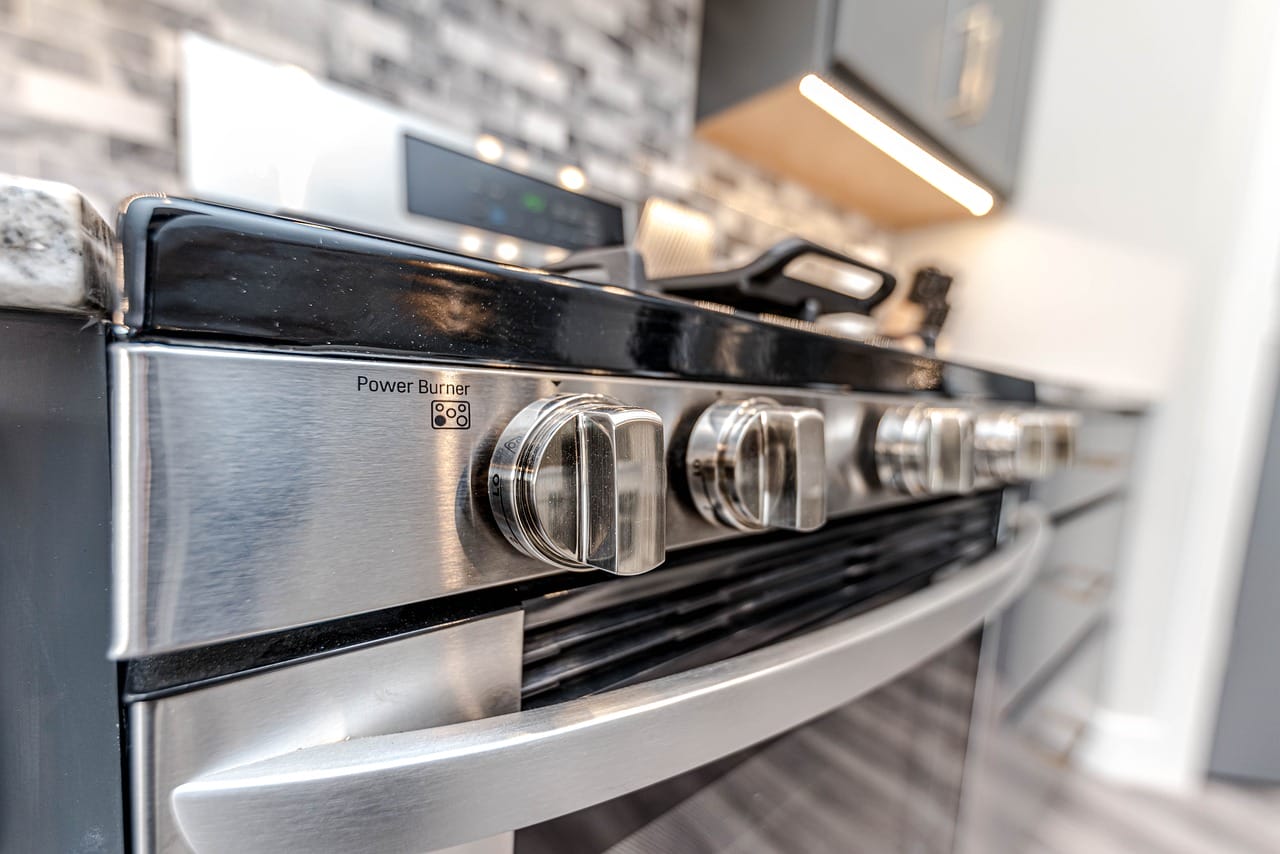Table of Contents:
- Importance of Regular Appliance Maintenance
- Understanding Appliance Parts and When to Replace Them
- Step-by-Step Guide for DIY Appliance Repair
- Modern Innovations in Home Appliance Technology
- The Economics of Appliance Repair vs. Replacement
- Finding the Right Professional for Your Appliance Repair Needs
Key Takeaways:
- Effective maintenance and timely repairs prolong the reliability and efficiency of home appliances.
- Determining the right time and sources for replacing appliance parts is fundamental for proper appliance care.
- Adopting advanced technology in appliances can introduce new maintenance and repair protocols.
- An economic analysis is essential when deciding whether to repair or replace an appliance.
- Develop a constructive relationship with appliance repair professionals for quality service.
In-home management, paying close attention to your appliances bears significant weight. These pillars of daily life, from the refrigerator to the washing machine, often go unnoticed until a malfunction prompts an inconvenient halt. Proactive care mitigates this disruption and maximizes an appliance’s efficiency and lifespan. It’s vital to comprehend maintenance’s role and acquire quality parts which serves as a cornerstone for sustaining our home ecosystems. Let us delve into the importance of consistent maintenance and savvy repair practices.
The Importance of Regular Appliance Maintenance
Regular maintenance goes beyond the facade of cleanliness; it’s an investment into the appliance’s future. The practice includes inspecting for signs of wear, cleaning filters and vents, and sometimes preemptively replacing parts that are known to wear out. Attention to these details can arrest the development of more severe problems that demand costly solutions or premature appliance replacement. Recognizing potential signs of appliance distress often manifests in subtleties such as increased energy consumption, which could suggest that an appliance is working harder than necessary due to a fault. The ripple effect concludes with more than just a higher electricity bill; it stretches to a more significant carbon footprint, undermining your sustainability efforts. Adopting a routine that includes regular cleaning and checkups can lead to savings on utility bills while embracing an eco-friendly lifestyle.
Understanding Appliance Parts and When to Replace Them
The intricate world within our appliances comprises numerous parts that each play a critical role in their operation. Periodically, these components require examination and replacement to maintain optimal functionality. Examples include the seals on a refrigerator door that keep cool air contained or the thermostat within an oven that ensures consistent cooking temperatures. Knowledge of these parts and their life expectancy is critical to preemptive maintenance. While sourcing them, one is faced with the decision between OEM and third-party parts, the former guaranteeing compatibility and often coming with a warranty.
Step-by-Step Guide for DIY Appliance Repair
The adventurous homeowner might opt for a DIY repair when an appliance falters. This undertaking, however, should begin with a careful assessment of the problem. Sometimes, the issues are straightforward, such as a burned-out light in the refrigerator or a clogged filter in the dryer, which can be remedied with brisk resourcefulness. Embarking on this journey mandates a toolkit with essentials such as screwdrivers, pliers, and perhaps a multimeter for electrical diagnostics. However, some repairs are beyond the layperson’s scope, necessitating the expertise of a seasoned technician. It becomes crucial to recognize this threshold to prevent exacerbating the problem. Identifying when a professional’s touch is needed is just as important as the initial step in troubleshooting.
Modern Innovations in Home Appliance Technology
Today’s appliances are masterpieces of convenience and efficiency, cloaked in the marvel of modern innovation. Programmable settings, energy-efficient operations, and even Wi-Fi connectivity have become standards for contemporary models. These intelligent features often come with self-diagnosing capabilities, where the appliance can alert you to specific problems, sometimes before you even notice them. The emergent paradigm of innovative appliance technology revolutionizes upkeep, with advancements allowing for remote troubleshooting and even software updates to forestall future issues. The challenge for consumers lies in staying informed about these innovations to take full advantage of their capabilities.
The Economics of Appliance Repair vs. Replacement
When an appliance shows signs of wear or malfunction, the homeowner is faced with a critical decision: should the appliance be repaired or replaced? This quandary involves careful deliberation, with the initial step being a cost-benefit analysis. One must weigh the repair costs against the appliance’s remaining lifespan and the price of a new unit, bearing in mind that new appliances might offer more energy efficiency or advanced features. Furthermore, environmental considerations dovetail with economic deliberations, as appliance disposal has ecological ramifications.
Finding the Right Professional for Your Appliance Repair Needs
In those instances when professional assistance is paramount, finding a reputable technician can be as pivotal as the repair itself. A trusted professional should have the necessary certifications and a demonstrable track record of quality service. To sieve through the options, leverage reviews and recommendations to gauge the credibility of a potential technician. A lasting professional relationship can offer an avenue for preventive maintenance advice and swift responses to any emergent appliance difficulties.




